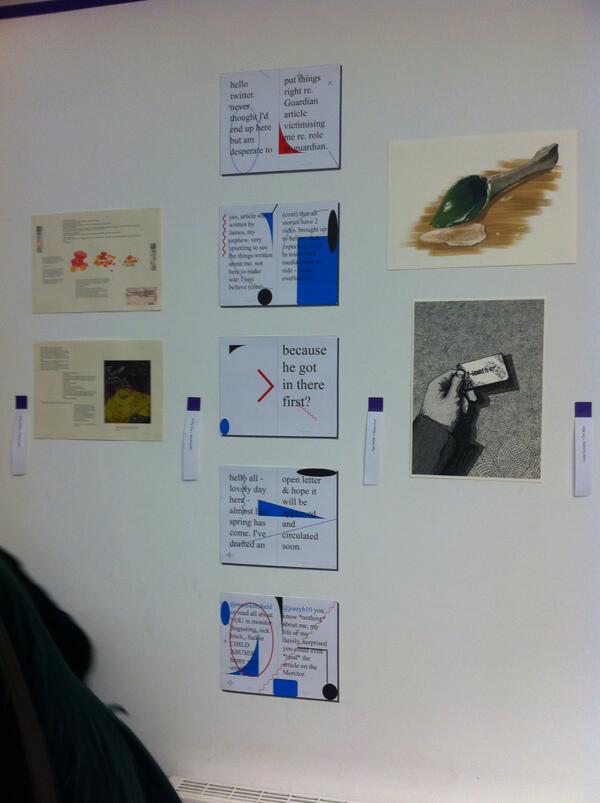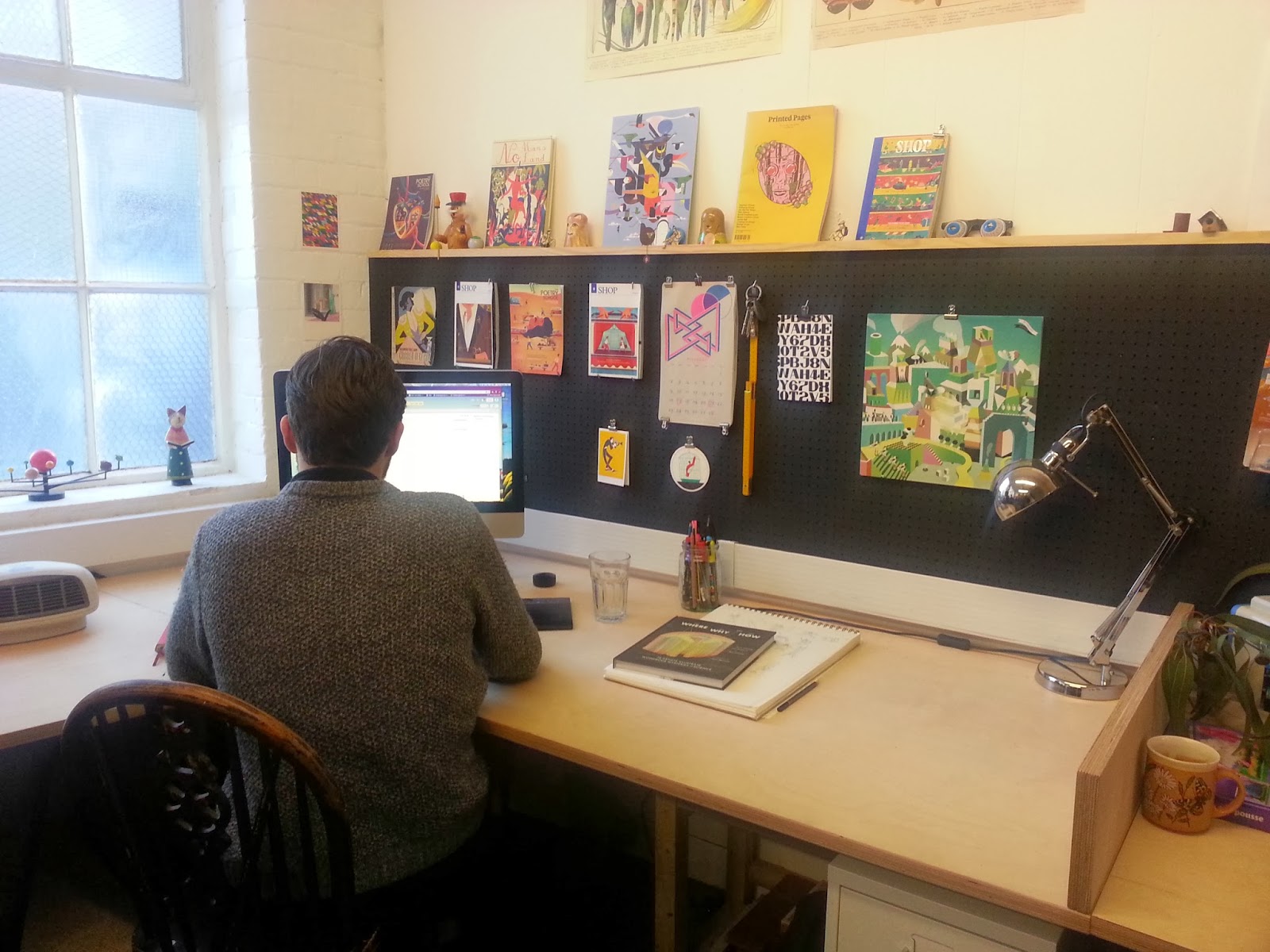Today I had a workshop on writing personal statements which is something I haven't really considered until this point as I haven't had to write one. It was interesting to see a selection of statements written by others as it forces an artist to concisely portray the motives, ideas and ambition behind their work in a short paragraph. I think this is a great exercise even if the statement is not to be used as it forced me to pinpoint the aspects of illustration and motivation behind my work that drives me to be an illustrator, which essentially helps me to know clearly what I am about and what I want to portray to my audience. A personal statement is usually 100-200 words and therefore has to be succinct and clear to pass the relevant information across to the reader.
'Blowlion', Andrea D'Aquino
I had a look at some examples of professional illustrator statements on their websites and they generally take the format of how they came to be, what they have achieved and what they currently do. An example of this is Andrea Daquino's website statement that roughly follows this format:
'Andrea D'Aquino has always resisted labels like "art director", "illustrator", "graphic designer", or "writer", and finds herself happiest straddling the line between all those things. For several centuries she was a senior art director for major advertising agencies.
As an illustrator and designer, clients include Anthropologie, The New York Times, Elle Magazine, Vegetarian Times, PlanSponsor Magazine, Family Fun, Chronicle Books, Uppercase, Flow magazine, and many others.
Her work has been recognised by Society of Illustrators, American Illustration, Art Director's Club, Communication Arts, 3x3 Magazine, The One Club, and The Type Director's Club.'
Her statement is concise and promotes her well as a highly recognised illustrator and skilled artist and designer who has achieved a lot in her career. I would say it lack a bit of personality and should have a short sentence about what she is currently doing or aiming for, such as future goals. Other illustrators such as Gemma Correll have listed any blogs or columns that they currently contribute to or publications they are working on.
'Untitled', Gemma Correll
I found it quite hard at first to define my practice in so few words and it took quite a few rewritings. It was advised that the statement should conclude with ideas for the future and our goals which was quite satisfying to see written down in a statement about me, as if it is a plan to come and not just a dream. This is my final statement for now:
'My illustrations are inspired and sourced through found texture and mixed media materials that are blended and layered together to depict a sense of atmosphere, place and character. My work currently responds to space and surface, place and character. My work currently responds to space and surface, aiming to push the boundaries of the paper medium through cutting, folding and layering my materials both within and outside he constraints of the physical book format.
My work responds to narrative both through fictional storytelling and character experience. I produce work that targets the publishing and commercial market as a freelance illustrator, aiming to capture and depict a sense of beauty, intrigue and escapism. I enjoy applying these techniques through an extension of fashion illustration and surface pattern design.
My passion for narrative and commercial illustration will drive me as a freelance illustrator as I intend to gain more experience through commissioned projects and internships. My ultimate goal is to launch my own gift and home ware brand.'
I want to revise this for the degree show as hopefully it will be a bit more relevant but it has been good to practice writing it so I know what I am aiming for.















